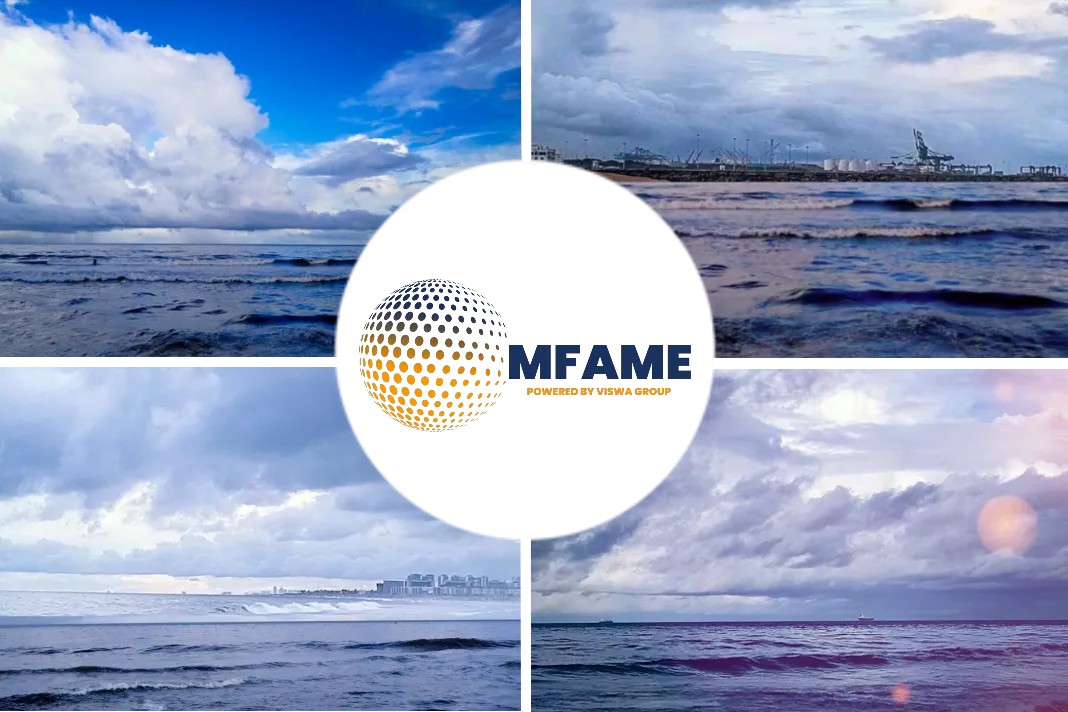At least 5% of fuel used by ships around the world will need to be zero emission by 2030 if the shipping industry is to meet decarbonization goals set out in the Paris Agreement, according to an environmental coalition of industry players, says an article published in IHS Markit.
Working for Decarbonization
The Getting to Zero Coalition said that setting the 5% goal within the current decade would serve as the “tipping point” to reach decarbonization by 2050 and would “help mobilize action from industry stakeholders.”
The interim target, according to analysis by University Maritime Advisory Services and the COP26 Climate Champions, is a necessary start to putting the industry on track for zero-emission fuels to represent 27% of the energy mix by 2036; then 93% by 2046; and full decarbonization five years later.
2030 Target Segments
Three segments of the industry would be targeted for 2030:
- Moving container shipping toward decarbonization should be the first step, as transitioning a handful of ports and routes to zero-carbon fuels could make up about 0.8% of the global cuts (or nearly one-fifth of the 5% goal). It identified 10 major deepsea routes that would make up this category.
- Moving non-container shipping on “niche international routes” that include ports with a considerable ability to enable the use of zero-emission fuels could make up another 2% of the contribution. The group identified examples such as Chile-US, Japan-Australia, Dubai-Singapore, and Denmark-Norway as good candidates where nations share zero-emission goals.
- Ammonia and LPG tankers could make up the next 2%, as the ships transporting those fuels also can use them for their own movement. However, the analysts said reaching that level “would require high rates of transport demand growth.”
Reducing Global emissions
On top of this, the coalition said it supports reductions in emissions from domestic shipping activity. For example, if the 32 developed nations that account for about half of domestic shipping were able to reduce energy use by 30%, that would result in another of 2%-3% of total global shipping emissions.
Zero Coalition needs
The Getting to Zero Coalition asked the question of whether sufficient supply of zero-carbon fuels will be available to the shipping industry by 2030, whether that be green hydrogen and its derivatives, such as ammonia and methanol, blue hydrogen and its derivatives, or sustainable biofuels.
“In terms of scalability, the hydrogen-derived fuels have the biggest long-term potential for rapid scaling in the following decades and should be a significant part of the 2030 fuel mix,” the coalition said.
Group’s Discussions
Working through the numbers, the group said that 60 gigawatts (GW) of hydrogen electrolyzer capacity, powered by renewable energy, would need to be installed. This would produce nearly 7 million metric tons (mt)/annum of green hydrogen. It said that this was “achievable” if projects underway in Australia, China, Japan, and the EU were completed on schedule. The EU alone under its Hydrogen Strategy has a goal of producing about 10 million mt of green hydrogen by 2030.
The group said the shipping industry needs to do its part as well. For one thing, it might have to accept a higher cost for fuel.
Coalition Report
“The Green Hydrogen Catapult is an initiative by seven green hydrogen industry leaders — Yara [International], Iberdrola, Orsted, ACWA Power, CWP Renewables, Snam, and Envision — to deliver 25 GW of green hydrogen electrolyzer capacity by 2025 at $2/kg,” the report stated. “With a green hydrogen price of $2/kg, the price of green ammonia would be roughly double that of heavy fuel oil.”
The coalition recommended large-scale demonstration projects to test the feasibility of hydrogen for shipping, too.
Did you subscribe to our daily newsletter?
It’s Free! Click here to Subscribe!
Source : IHS Markit

















